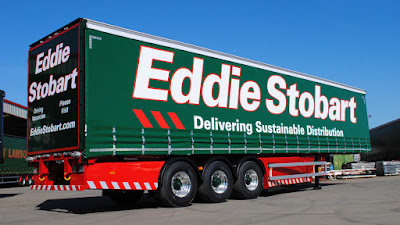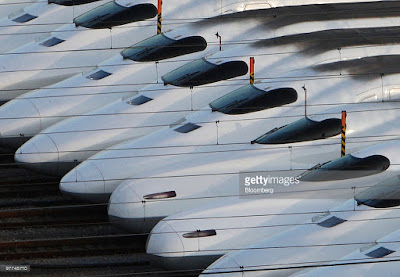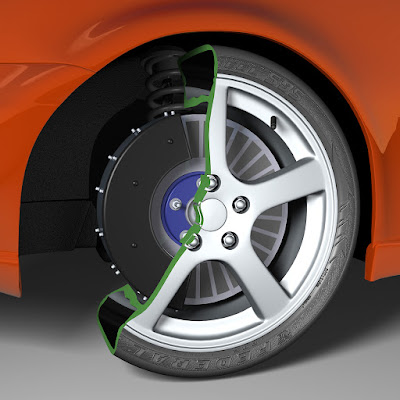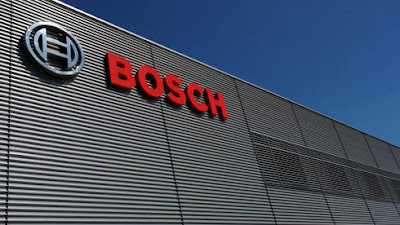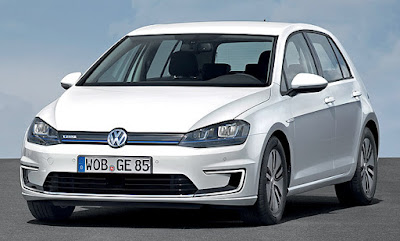Adgero, the French transport tech developer, has unveil the world’s first operational energy-saving, hybrid electric system for road transport at Britain’s biggest commercial vehicle conference this week.
Adgero will display the regenerative braking-powered UltraBoost ST, a kinetic energy recovery system (KERS) installed on a curtainsider semi-trailer – that aims to cut fuel and carbon emissions by up to 25 per cent.
Adgero’s unique hybrid technology consists of an electrically driven axle mounted under the semi-trailer, powered by a bank of ultracapacitors, and controlled by intelligent management software that automatically controls regenerative braking and acceleration boost.
The UltraBoost ST uses a compact and lightweight YASA motor (the same axial flux motor as used in the Koenigsegg Regera) to recover kinetic energy, otherwise lost as heat during braking, and stores it in high-power graphene-based ultracapacitors from European manufacturer Skeleton Technologies – who helped develop the KERS technology for road haulage with Adgero last year.
Leading European manufacturer SDC Trailers installed the system on a 13.6m curtainsider trailer, finished in the livery of major UK-based transport and distribution company, Eddie Stobart. The transport operator will be conducting road testing of Adgero’sUltraBoost ST system in coming weeks.
President of Adgero SAS Mack Murray commented:
“The Adgero UltraBoost ST system has the potential to boost fuel efficiency, reduce overall fuel consumption and reduce associated emissions. And because our hybrid system can be easily and economically retrofitted to existing fleets, voluntary fleet-based implementation could have an immediate and meaningful impact on fleet costs and vehicle emissions within a very short timeframe.
“Road haulage accounts for over a fifth of the EU’s total CO2 emissions, so fuel efficient solutions are crucial. We are beginning to see regenerative braking systems in automotive applications but the market clearly needs a similar solution for articulated lorries.
“Unveiling the world’s first operational hybrid electric system for road transport at Britain’s biggest commercial vehicle show has taken a real collaboration between leading industry players and we’re now looking forward to the next phase of road testing in coming weeks.”
Head of Engineering at SDC, Jimmy Dorrian, said:
“Operator efficiency was the driving force behind the (KERS) trailer innovation. Our customers are always looking for ways to reduce their fuel consumption and overall carbon footprint, especially in demanding applications such as heavy terrain or continuous urban transport.”
Last week Adgero signed a €3.5 million distribution agreement to ensure the UltraBoost ST system for road haulage was powered by modules from Europe’s leading ultracapacitor manufacturer, Skeleton Technologies.
Combining such a distributed electric powertrain with a battery electric prime mover would provide not only range extension capability but also improve drive traction for both single and multi-trailer road trains.
